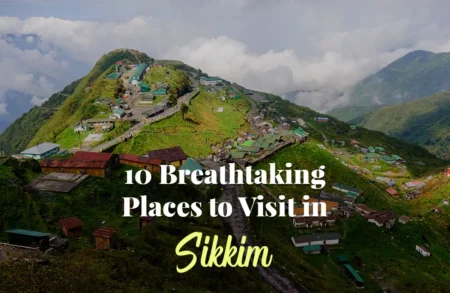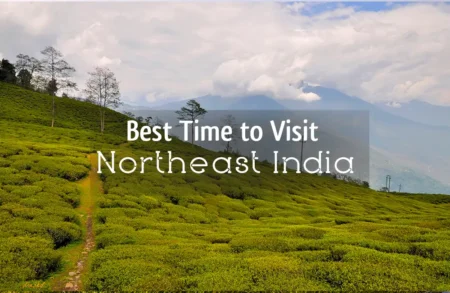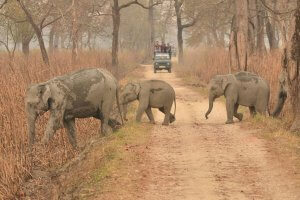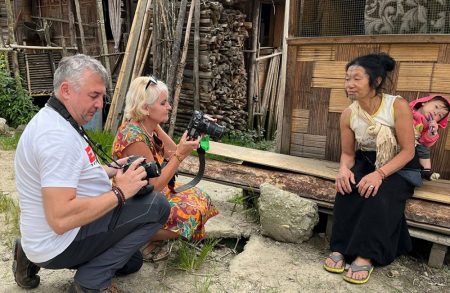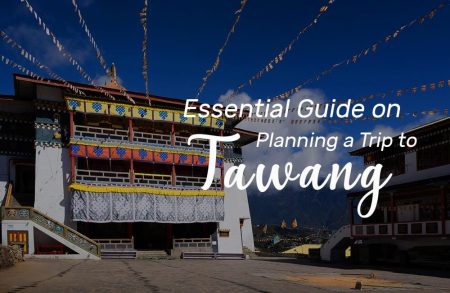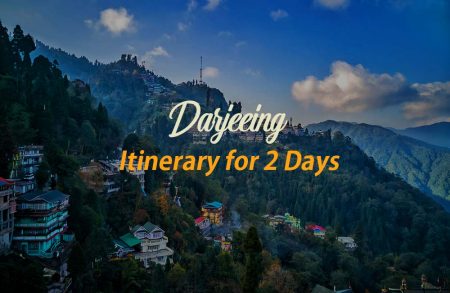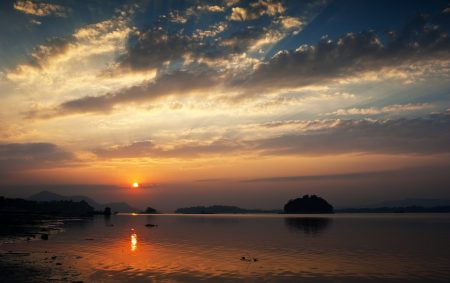Planning your first trip to Northeast India can be exciting and overwhelming at the same time. With so many stunning destinations to explore, the question often arises: Should you choose Meghalaya or Sikkim for your first trip? Both are beautiful in their own right, but they offer vastly different experiences. In this guide, we’ll compare Meghalaya and Sikkim across various aspects to help you decide which destination is more preferable for you and your family.
Choosing between Meghalaya and Sikkim for your first Northeast trip depends on what you seek as a traveller. Both states offer breathtaking natural beauty, warm hospitality, and rich cultural experiences, but they cater to different travel tastes.
-
Meghalaya, often called the “Scotland of the East”, is a land of rolling green hills, roaring waterfalls, deep limestone caves, and living root bridges. It’s ideal for nature lovers, families, and those seeking light to moderate adventure. From easy hikes through forests to spelunking in ancient caves and trekking to the double-decker bridges, Meghalaya offers both soft to hard adventures, depending on your preference. It’s also more accessible, with smooth roads and mild altitudes, making it perfect for a relaxed trip.
-
Sikkim, nestled in the Himalayas, is a paradise for mountain and adventure lovers. With its towering snow-covered peaks, alpine forests, glacial lakes, and colorful monasteries, it offers both mainstream and offbeat travel experiences. While places like Gangtok and Tsomgo Lake are well-known, Sikkim still hides many undiscovered gems in the high hills, such as Barsey, Dzongu, Zuluk, and Yuksom — ideal for those who want to get off the beaten path and explore something less touristy.
1. Overview: Meghalaya vs Sikkim
Both Meghalaya and Sikkim are jewels of Northeast India but cater to very different kinds of travellers.
-
Meghalaya, also known as the “Abode of Clouds,” is a nature-lover’s paradise. With lush landscapes, waterfalls, caves, and the famous living root bridges, it offers scenic beauty at every turn. It’s mostly a monsoon and summer destination. Check what to see during the monsoon in Meghalaya.
-
Sikkim, on the other hand, is for the mountain lover. Think of snow-capped peaks, winding mountain passes, Buddhist monasteries, and high-altitude lakes. It’s more suited for winter travel and adventure enthusiasts.
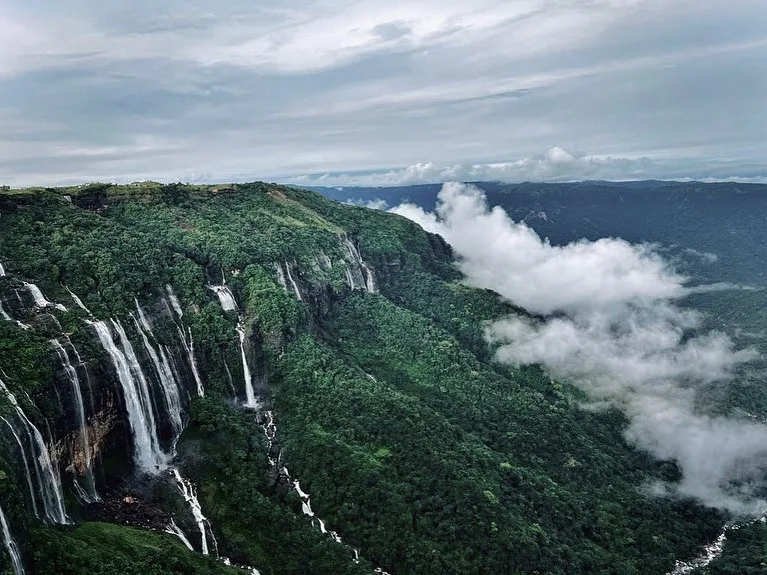
2. Safety and Accessibility
One of the first concerns of travellers is safety.
-
Meghalaya is extremely safe, even for solo female travellers. The roads are mostly in excellent condition, making driving or hiring a cab a comfortable experience. The hills are not very steep, which is great for those prone to motion sickness.
-
Sikkim is also safe, but the roads, especially in North Sikkim, can be challenging with steep inclines and landslide-prone areas during the monsoon. If you’re comfortable with high-altitude terrain, Sikkim won’t disappoint.
3. Best Time to Visit
-
Meghalaya can be visited all year round, but it’s especially magical during the monsoon and summer months (May to October). The greenery is lush, the waterfalls are full, and the weather is pleasant.
-
Sikkim is a winter-friendly destination, best explored between October and March. Snowfall, clear views of the Himalayas, and frozen lakes make it an adventurer’s dream. During winter, you can explore snow-covered Tsomgo Lake, Natuhla Pass, Yumthang valley, Zero point and Gurudongmar Lake. Check the complete guide on the best time to visit Northeast India.
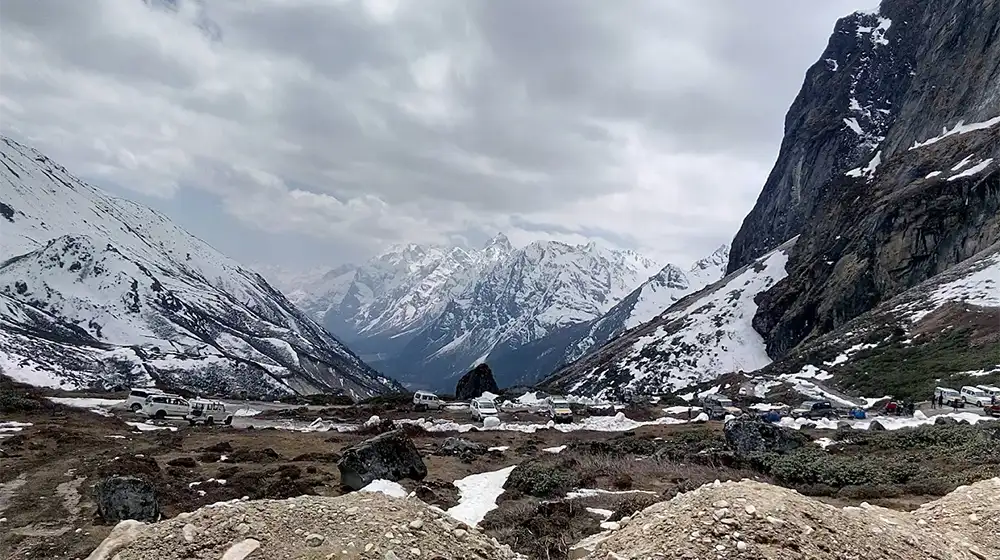
4. Terrain and Travel Comfort
-
Meghalaya’s terrain is gentle. Hills are not too high, and the air is clean and fresh. You can cover most places by road comfortably.
-
Sikkim’s landscape is rugged and dramatic in some places, like North Sikkim. Except monsoon, it is safe to travel to Gangtok and other places all year.
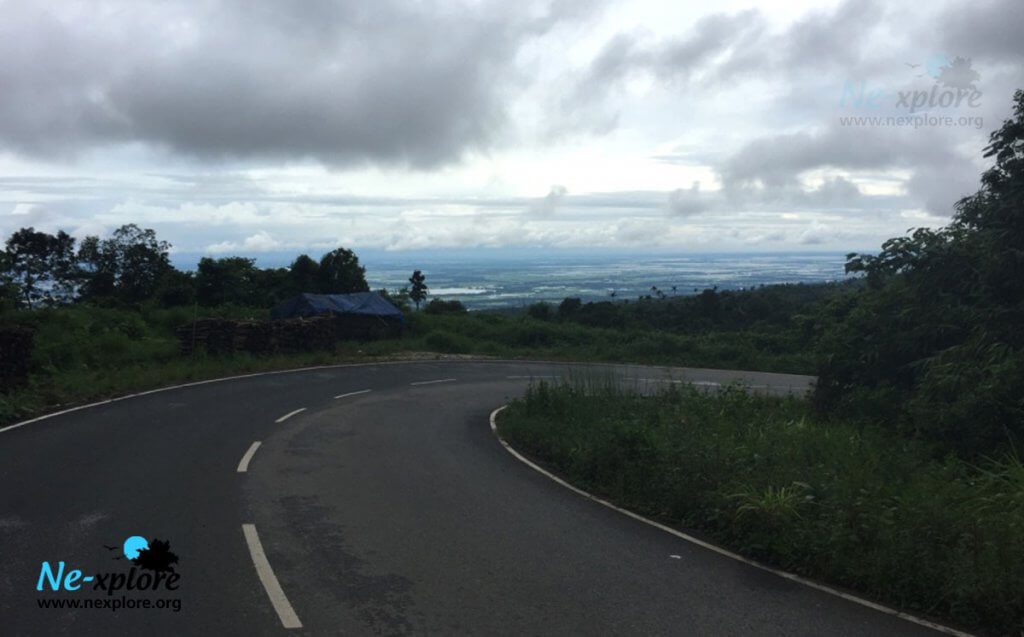
5. Culture and People
-
Meghalaya is home to the Khasi tribe, with a unique matrilineal society. Locals are warm, welcoming, and deeply connected to their land and traditions.
-
Sikkim is a cultural blend of Nepali, Bhutia, Lepcha, and Tibetan Buddhist communities. The presence of colorful monasteries and prayer flags adds a spiritual charm to the place.
6. Shopping: What to Buy Where
-
In Sikkim, you’ll find Buddhist handicrafts, thangka paintings, woollen clothes, incense sticks, and decorative items.
-
Meghalaya is known for handcrafted goods, including bamboo items, tribal jewellery, shoes, and stylish clothing. Local markets like Police Bazaar in Shillong are a must-visit.
7. Top Attractions in Meghalaya
Some must-visit places in Meghlaya are:
1. Cherrapunji and Mawsynram
Famous for being the wettest places on Earth, these towns are home to spectacular waterfalls, caves and stunning viewpoints.
2. Living Root Bridges
You’ll find these handcrafted natural marvels in Nongriat and Mawlynnong. The Double Decker Living Root Bridge is one of a kind in the world.
3. Dawki and Umngot River
It is located on the Indo-Bangladesh border. Enjoy boating experiences in the crystal-clear Umngot River and experience various water sports and adventure activities in the nearby Shnongpdeng village.
4. Mawlynnnong
Located near Dawki, it is regarded as the cleanest village in Asia. The main attraction of the place is the Jingmaham Living Root Bridge located in nearby Riwai village.
Apart from this, it is home to the 2nd largest river island in the world, Nokhum Island and many other stunning places – Jowai, Nongstoin, Wari Chora, Mawphanlur etc.
8. Top Attractions in Sikkim
Sikkim is about mountains, spirituality, and snow. Here’s what you shouldn’t miss:
1. Gangtok
The capital city offers a perfect blend of urban comfort and cultural immersion. Visit the Namgyal Institute of Tibetology, Tashi View Point, and take the Gangtok Ropeway for panoramic views.
2. Nathula Pass
One of the most popular tourist spots in East Sikkim, Nathula Pass offers stunning views of the Eastern Himalayas and connects India with China’s Tibet Autonomous Region.
3. Gurudongmar Lake
Situated at an altitude of 17,800 ft, this sacred lake is one of the highest in the world and is surrounded by snow-covered peaks. It’s a surreal, spiritual experience.
4. Tsomgo Lake (Changu Lake)
Located just 40 km from Gangtok, this glacial lake is known for its colour-changing waters, yak rides, and snow-covered surroundings in winter.
5. Yumthang Valley
Known as the Valley of Flowers, Yumthang bursts into color during spring. You’ll see endless stretches of rhododendrons, hot springs, and flowing rivers.
6. Zero Point
Drive further north from Yumthang to reach Zero Point, where roads end, and snow begins. It’s a favorite for snow lovers and offers unfiltered Himalayan views.
7. Pelling
Pelling is home to the famous Skywalk, Pemayangtse Monastery, Rabdentse Ruins, and Khecheopalri Lake — a holy lake believed to fulfill wishes.
8. Zuluk (Silk Route)
Located in East Sikkim, Zuluk is part of the old Silk Route and offers winding roads, hairpin bends, and panoramic views of the Eastern Himalayas. Perfect for offbeat and adventurous travellers.
9. Ravangla
Visit the giant Buddha Park, and enjoy views of the Kanchenjunga range. Ravangla is peaceful, with nature trails and monasteries that soothe the soul.
10. Yuksom
The gateway to the Kanchenjunga National Park, Yuksom is a historical town with scenic beauty, monasteries, and treks that begin here — including the Goecha La Trek.
Check the top 10 must-visit places in North Sikkim.
9. Cuisine: A Taste of Local Flavour
-
In Meghalaya, you must try local dishes like Jadoh (rice and meat), Dohneiiong (pork curry), and Tungrymbai (fermented soybeans).
-
Sikkim offers a mix of Tibetan and Nepali cuisines, such as momos, thukpa, phagshapa (pork stew), and sel roti.
Both states also offer excellent vegetarian and vegan options.
10. Travel Costs and Budget
According to the budget, both states require almost the same cost to travel. However, I can conclude that Sikkim has more stay options than Meghalaya, so you can find a good last-minute booking in Sikkim as compared to Meghalaya. You can travel to all places of Meghlaya without a permit, but you need a special permit to visit North Sikkim and Nathula Pass, which needs to be arranged one day before your trip.
Instead of Sikkim, you can also consider clubbing Arunachal Pradesh with your Meghalaya trip. Arunachal Pradesh is located quite close to Meghalaya, and it is a vast and scenic state that still remains largely unexplored by mainstream tourism. It combines the raw natural beauty of Meghalaya with the mountain adventure and cultural diversity of Sikkim. If you’re craving snow-covered passes, Sela Pass in Arunachal offers views just as breathtaking as Nathula. For those drawn to Buddhist culture, the Tawang Monastery — the largest in India provides a deeply spiritual experience
Beyond its Buddhist heritage, Arunachal is home to numerous tribal communities, each with its own unique traditions, dress, festivals, and languages. Villages like Ziro, Mechuka, Dirang, and Daporijo give you an opportunity to interact with indigenous tribes, witness colourful local festivals, and explore verdant valleys, high-altitude lakes, and pristine rivers. Whether you’re a photographer, a nature lover, or an adventure enthusiast, Arunachal Pradesh offers trekking, camping, river rafting, and heritage trails that are both enriching and offbeat.
Related Read
Top 10 places to visit in Sikkim




